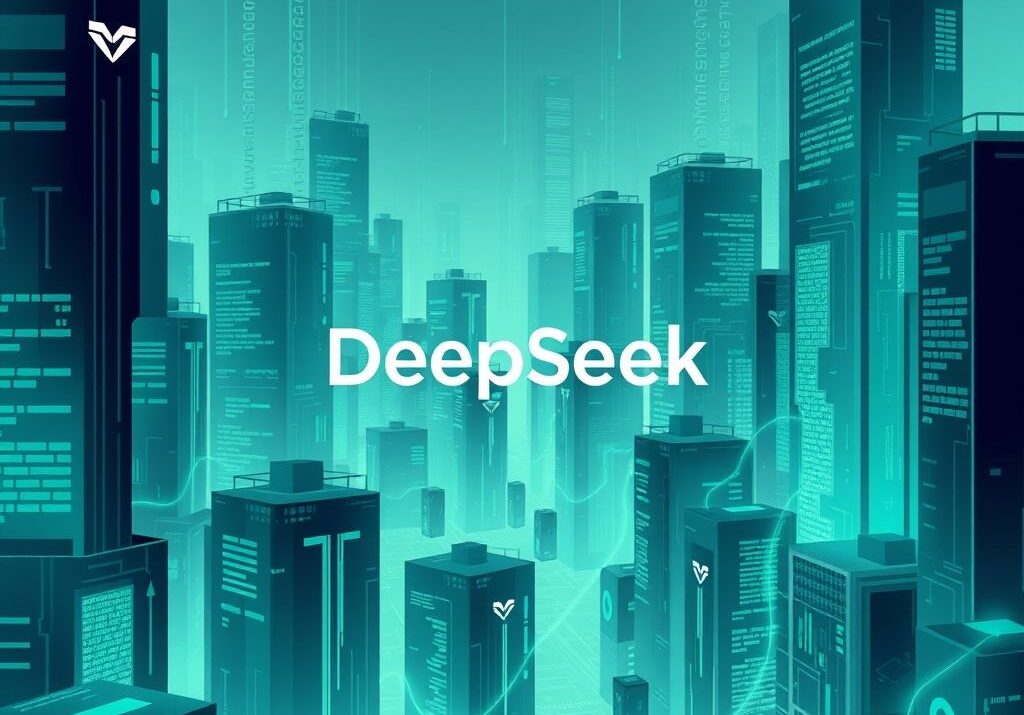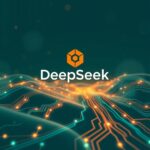Ever feel like the AI world is a race where only those with the deepest pockets can win? Big companies spending millions on massive computing power to train their AI models? Well, what if there was another way? I stumbled upon a fascinating article on VentureBeat about DeepSeek, and it’s making me rethink the whole high-spend, high-compute paradigm.
The article argues that DeepSeek is pushing the boundaries of AI development faster than many expected. They’re demonstrating that you don’t necessarily need limitless resources to achieve significant progress. Honestly, it’s like they’ve found a cheat code!
Now, I’m not saying DeepSeek is the only company doing innovative things. But their approach seems to be accelerating the inevitable shift towards more efficient and accessible AI. This is crucial because the current model, where only massive corporations can afford top-tier AI research, risks centralizing power and limiting innovation.
For instance, a recent study by Stanford’s AI Index Report highlighted that training costs for large language models can range from hundreds of thousands to millions of dollars (Stanford AI Index Report). This creates a significant barrier to entry for smaller companies and research institutions.
DeepSeek’s advancements are exciting because they suggest a future where more organizations, even those in places like Cameroon with limited resources, can participate in and benefit from AI development. A more level playing field leads to more diverse applications and a more equitable distribution of the benefits of AI. This is not just about technological advancement, but also about inclusivity and opportunity.
Consider the implications for healthcare in resource-constrained environments. Imagine AI-powered diagnostic tools, trained efficiently and affordably, assisting doctors in remote villages. Or AI-driven agricultural solutions optimizing crop yields for smallholder farmers. These are the kinds of opportunities that become more realistic when we challenge the high-spend, high-compute dogma.
Here are my 5 key takeaways from the DeepSeek perspective:
- Efficiency is Key: Focusing on algorithmic efficiency and clever engineering can significantly reduce the need for massive computational power.
- Democratization of AI: Lowering the barrier to entry in AI development fosters broader participation and innovation.
- Resourcefulness Matters: Proving that significant progress is possible even with limited resources encourages creative problem-solving.
- Focus on Practical Applications: Efficient AI models can be deployed in real-world scenarios, addressing pressing issues in underserved communities.
- Challenge the Status Quo: Don’t accept the notion that only the biggest players can make a difference in AI.
What are your thoughts? Is DeepSeek’s approach a sign of things to come? Let’s discuss in the comments!
FAQ
1. What is the “high-spend, high-compute paradigm” in AI?
It refers to the current trend where developing advanced AI models requires massive investments in computing power and resources, often limiting participation to large corporations.
2. Who is DeepSeek?
DeepSeek is a company that is challenging the traditional AI development approach by focusing on efficiency and resourcefulness.
3. How is DeepSeek challenging the current AI paradigm?
They are demonstrating that significant progress in AI is possible without relying solely on massive computational power.
4. Why is the high-spend, high-compute paradigm a problem?
It creates a barrier to entry for smaller companies and research institutions, potentially centralizing power and limiting innovation.
5. What are the potential benefits of DeepSeek’s approach?
It could lead to a more democratized AI landscape, where more organizations can participate in and benefit from AI development.
6. What is the Stanford AI Index Report?
It’s an annual report that tracks trends and developments in the field of artificial intelligence.
7. How can efficient AI models benefit resource-constrained environments like Cameroon?
They can enable the development of AI-powered solutions for healthcare, agriculture, and other sectors, addressing pressing issues in underserved communities.
8. What does “democratization of AI” mean?
It means making AI development and access more equitable and inclusive, allowing more people and organizations to participate and benefit.
9. Are there other companies pursuing similar approaches to DeepSeek?
Yes, there are other companies focused on efficient AI, but the article highlights DeepSeek as a notable example.
10. How can I learn more about DeepSeek and their work?
You can research DeepSeek online through their official website (if available) and news articles about their advancements.







